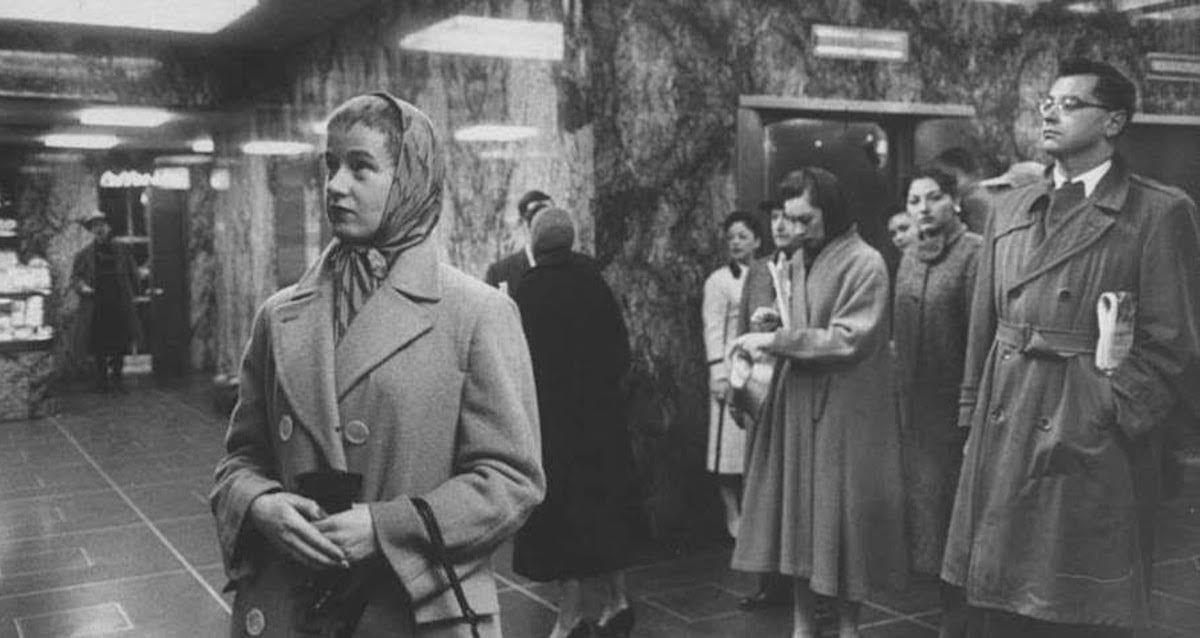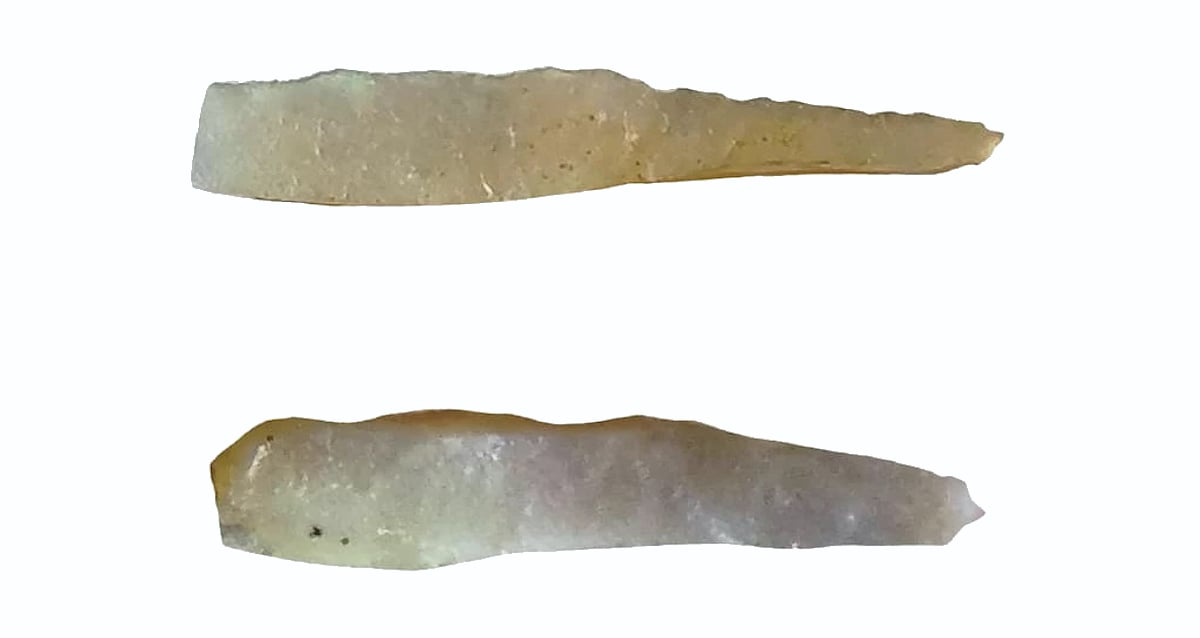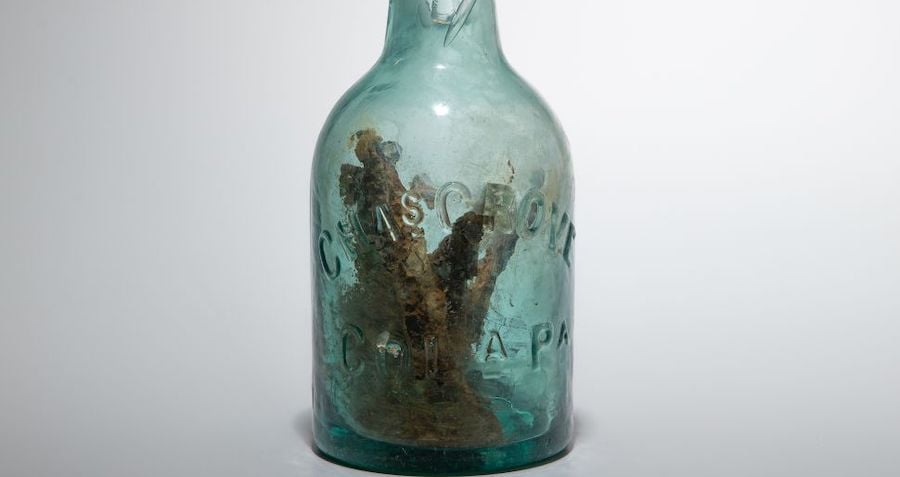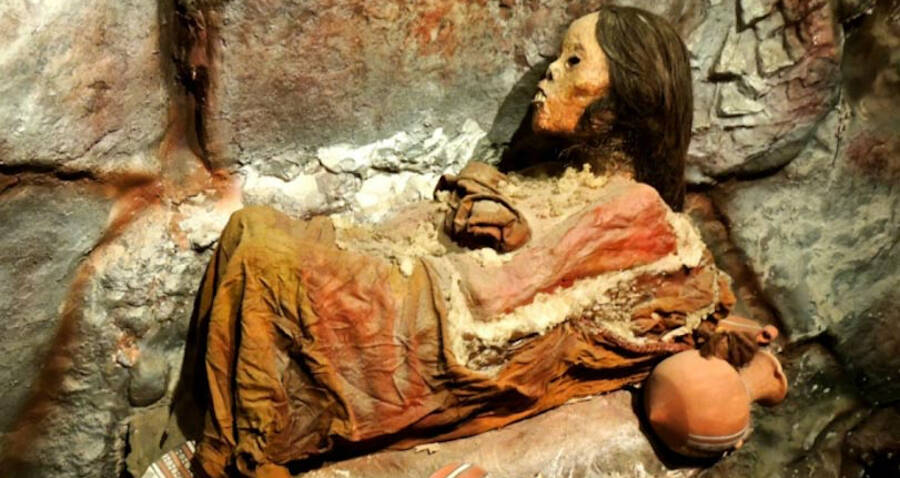
WWW.THECOLLECTOR.COM
Sintra, Portugal: 6 Must-See Sites & History
Although its history dates back to the Neolithic, the Roman Empire, and Moorish rule, it was Portuguese Royalty who made it famous. Sintras romantic palaces and mystical aura have served as an inspiration to poets and artists throughout the years. In Sintra, you can wander the old towns streets, explore one of the oldest Moorish castles in Europe, and admire the breathtaking view of Pena Palace floating on a hilltop.Sintras PastPhotograph of Sintra Historic Center, by Ray in Manilla, 2020. Source: FlickrThis stunning village witnessed almost every period in Portugals history. The first traces of human occupation date back to the Paleolithic and Neolithic, followed by the Bronze and Iron Ages. The Romans also settled here, but it was the Moors who stayed the longest. In the Middle Ages, Sintra was a renowned location among royals. However, it was between the 18th and 19th centuries when the village had its golden age era.Ancient SintraConquest of Roman Hispania with dates. Source: Wikimedia CommonsThe oldest evidence of human occupation found in Sintra is on its mountainous northern slope, where archaeologists discovered several utensils at Penha Verde. Next to the Moorish Castle Chapel, the open-air site of So Pedro de Penaferrim was found. Here, several pieces of ceramics were retrieved and were later dated to the 5th millennium BCE.During the Roman occupation, present-day Sintra belonged to the vast territory of Civitas Olisiponensis, where Olisipo (today Lisbon) was the regions capital. The local population quickly adjusted to the Roman arrival by adopting Roman names and being present in cultural, political, and economic affairs.In Sintra, archaeologists have found random evidence of Roman occupation that suggests this territory was inhabited from the 2nd to the 5th centuries BCE to the 5th century CE. One such find is the road connecting the mountains southeast region to the surrounding rural area, which would have connected to the Olissipo Road.Moorish SintraCastle of the Moors, by Pierre Goiffon. Source: UnsplashThe Moors arrived in the Iberian Peninsula in 711 after crossing the Mediterranean Sea in Gibraltar. Due to internal conflicts among the Visigoth rulers, the Moors barely had any resistance after their arrival. They conquered cities and towns while marching North and reached Braga, the largest northern city in the Visigothic Kingdom, in 717.Unfortunately, researchers have yet to discover the precise date Sintra adopted the Arab name As-Shantara and was conquered by the Moors. During the Moorish occupation, the first texts suggest Shantara was a village highly dependent on Lisbon and that it was considered one of the most important urban centers in the area.Maybe this is why the Moors repurposed the foundations of an ancient castle and built the impressive Moorish fortifications you can still visit today. Its main purpose was to control the roads connecting Sintra to Mafra, Cascais, and Lisbon.The Middle Ages to the Age of DiscoveryBronze statue of King Afonso Henriques in Guimares by Soares dos Reis, 1887. Source: FlickrConsidering Sintra was a strategic location and one of the most important villages after Lisbon, Christian armies made it their main goal. That is why, during the Reconquista, the castle and the village were raided several times.In 1093, King Afonso VI of Leon received Sintras Castle, along with Lisbon and Santarm, following a period of political instability between several Muslim Taifas. However, Sintras Castle was only conquered in 1109 during Count Henry of Burgundys efforts to secure the Tagus River border.In 1147, Portugals first king and Count Henry of Burgundys son Afonso Henriques definitively conquered Sintra, making it a Christian territory. The king granted Sintra a charter, which established the municipality of Sintra, which included a vast region divided into four parishes.Throughout the 12th and 13th centuries, military and religious orders settled in Sintra and its surroundings due to its fertile lands and amenable weather. In the following decades, convents and monasteries were built or donated to the Church. After the Reconquista, Sintras population lived in peace, and Christians and Moorish co-existed.In the 14th century, the Black Death, which killed nearly 50% of the European population, also reached Sintra. The humid and cold weather from Sintras mountains helped spread the disease, killing most of its inhabitants.Between the 15th and 14th centuries, Sintra became famous due to a few inhabitants who left their hometown to explore the world. Among them were Gonalo de Sintra and Soeiro da Costa. At the same time, King Manuel I (1495-1521) transformed and enriched the village and its surroundings. Pao da Vila and the reconstruction of the old Gothic church of So Martinho are a few examples of his works.During the second half of the 16th century, Sintra became an established courtly center, mostly encouraged by the rising aristocracy who built their manors and estates here.Portugals Spanish Rule and the 1755 EarthquakeAllegory of the 1755 Earthquake, by Joao Glama Stroberle, 1756-92. Source: Wikimedia CommonsAfter the death of Cardinal Henrique, Spanish King Filipe II became Portugals new king as Filipe I. Over the next 60 years, Portugal lost its independence. As a result, Sintras importance was transferred to Vila Viosa, a tiny village in the Alentejo region, which is home to the kings House of Bragana. On the verge of the Restoration War in 1639, Sintra was no longer favored by aristocrats and royals.Almost a century later, Sintra, and all territories south of Lisbon, were hit by a massive earthquake, in 1755. The village lost most of its population, and the few buildings standing were too damaged to serve their purpose. Pao da Vila was one of them, and restoration works began shortly after.Sintras Golden Age EraPena Palace, gothic tower, by Helder Burato Berto. Source: UnsplashFrom the end of the 18th century, and throughout the 19th century, foreign travelers and the Portuguese aristocracy rediscovered Sintras charm. During this period, wealthy businessmen and aristocrats built their lavish homes here, influenced by Romanticism and reflected in Neo-Gothic and Moorish architecture-style buildings. Some of the most beautiful buildings in Portugal were built during this period, such as Palcio da Pena, Quinta da Regaleira, and Palcio de Monserrat.The lavish green forest surrounding Sintra, its stunning palaces, and its romantic ambiance were inviting to poets, painters, and other artists from all over Europe. You can admire Sintras influence in the works of Henry Fielding, Robert Southey, and Lord Byron.Iconic Historic Sites in SintraSintra is a fairy-tale-like village amid a dense forest that baffles anyone who visits. Besides admiring dense green woodland and the unique climate, you can also wander through some of the most beautiful historic buildings you will ever see.1. The Moorish CastlePhotograph of Castelo dos Mouros, by Bobby Rahe, 2020. Source: UnsplashThe Castelo dos Mouros is the largest Moorish castle in Portugal. From the village center, you can only see the massive round boulders on which the castle sits on a hilltop. You almost get the feeling the boulders will start rolling downhill.You will get the most impressive view from the castle walls themselves. On the hill next to it is Palcio da Pena, and down below is the small village of Sintra. While looking in the distance, you will find an endless landscape stretching as far as the eyes can see.Although it is called the Moorish Castle, historians and archaeologists believe its foundations are much older, dating back to the Celtic tribes living in the Iberian Peninsula. Yet, it was the Moors in the 8th century who built the monument you see today.During the Reconquista, Christian armies tried several times to conquer the castle, whose main purpose was to control the roads leading to Mafra and Lisbon. Yet, they were successful only in 1147 after King Afonso Henriques captured Lisbon and gained control over Sintra. In the 19th century, the castle walls were rebuilt, and new trees were planted around it.In the last 20 years, several excavations have revealed that the castles location was used from the Neolithic through to the Middle Ages. While visiting the castle, you can admire the prehistoric artifacts retrieved from this incredible historic site.2. Pena PalacePalcio da Pena, by Katia de Juan, 2019. Source: UnsplashPalcio da Pena is a breathtaking building and one of the most visited monuments in Portugal. Architecture enthusiasts believe this is one of the best examples of 19th-century romantic revivalism.The Palace was built on Monte da Pena (hence the name) over an old convent of friars of the Order of St. Jerome. The man behind it was Ferdinand of Saxe-Coburg-Gotha, who married Queen Maria II in 1836. He fell in love with Sintra and bought the convent and surrounding land to build the royal family a summer house.The palace designs adopted several architectural features from the Portuguese revivalist style, which included Neo-Gothic, Neo-Manueline, Neo-Islamic, and Neo-Renaissance features. Around this mesmerizing building, the king decided to build an impressive English-style park, with exotic tree species. Inside the palace, you can still admire the kings decorations.3. Monserrate PalacePhotograph of Palcio de Monserrate, by Hakon Arekjold, 2019. Source: UnsplashMontserrate Palace is an iconic landmark in Portugal. Here, different architectural styles come together to form a unique building and style you will not find anywhere else.Architect James Knowles designed the palace, which was built under the orders of Sir Francis Cook. The garden construction took advantage of Sintras unique microclimate, resulting in a magnificent park with more than 3,000 exotic species.This was Cooks family summer residence and was built over the ruins of a Neo-Gothic mansion. In 1793, William Beckford rented the property and refurbished the palace and gardens. Later, in 1809, Lord Byron visited Monserrate Palace. The propertys appearance inspired Byron to write Childe Harolds Pilgrimage, making it a must-visit stop for foreign travelers.The Portuguese Government acquired the palace in 1949 and classified it as a Property of Public Interest in 1975.4. Sintra PalacePhotograph of Palcio de Sintra, by Javier Gallego, 2021. Source: FlickrPalcio de Sintra is a unique example of a medieval royal palace in Portugal. Since the earliest dynasties, Sintra has been a preferred location for royals. However, the stunning palace we see today was rebuilt by King Joo I and enriched by King Manuel I.Inside, you can learn about Portugals history and admire the different architectural styles that reflect the tastes of the kings who lived here. Some of the most famous areas are the Swan Room, the Coat of Arms Room, the Handles Room, and the chapel. Here, you can also learn about the Portuguese tile history, and the site includes Hispano-Arabic examples of traditional blue and white tiles from the 18th century.5. Quinta da Regaleira PalacePhotograph of Quinta da Regaleira, by Raja Sen, 2020. Source: UnsplashClose to the historic center is Quinta da Regaleira, one of the most enigmatic places in Sintra.The Quinta da Regaleira Palace was built in the early 20th century by millionaire Antnio Augusto Carvalho Monteiro. Architect Luigi Manini helped Monteiros dreams come true by designing a unique building surrounded by lush vegetation.The palace was built in a Romantic Revivalist style, recovering Gothic, Manueline, and Renaissance architectural and decorative forms mixed with mythic and esoteric symbolism.While visiting Quinta da Regaleira, look for the Chapel of the Holy Trinity. It leads down to the crypt and a spiral staircase to the monumental initiation well. At the bottom, you will find a grotto and a lake in the middle of the gardens.6. Convento dos CapuchosConvent of the Capuchos. Source: Wikimedia CommonsIn contrast to the lavish palaces in Sintra, you will also find this humble Franciscan convent built in 1560 by Dom lvaro de Castro.Eight friars composed the original community here. The most well-known was Friar Honrio, who lived to be nearly 100 years old, despite spending the last three decades of his life doing penance in a small cave within the convent.With the extinction of religious orders in Portugal in 1834, the Franciscan community was forced to leave the convent. Later, still in the 19th century, the space was acquired by Sir Francis Cook.In 1949, the Portuguese government acquired the property. Due to a lack of investment, the convent became a ruin and was in dire need of repairs. Since 2000, the company Parques de Sintra has been responsible for managing and restoring this landmark. Today, the Convento dos Capuchos is open for visitors while restoration works are underway.
0 Commentaires
0 Parts
166 Vue











